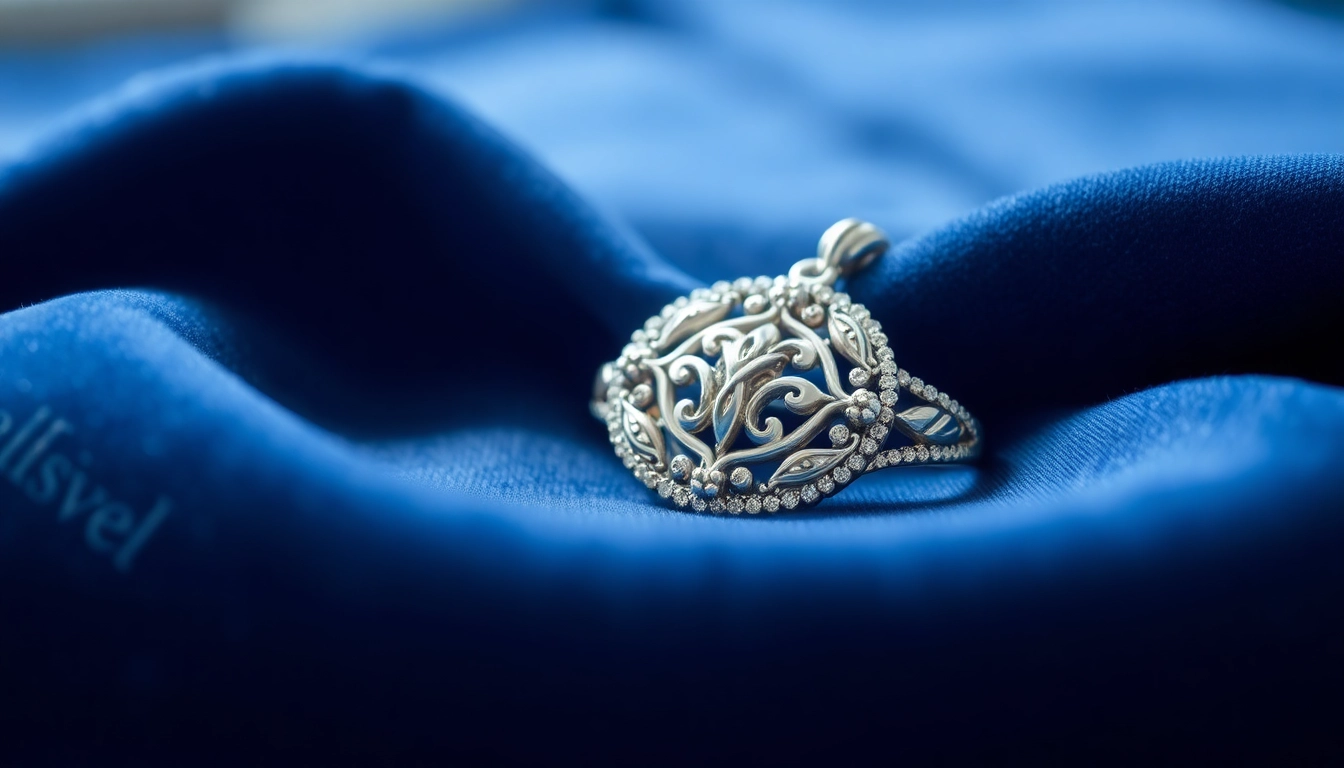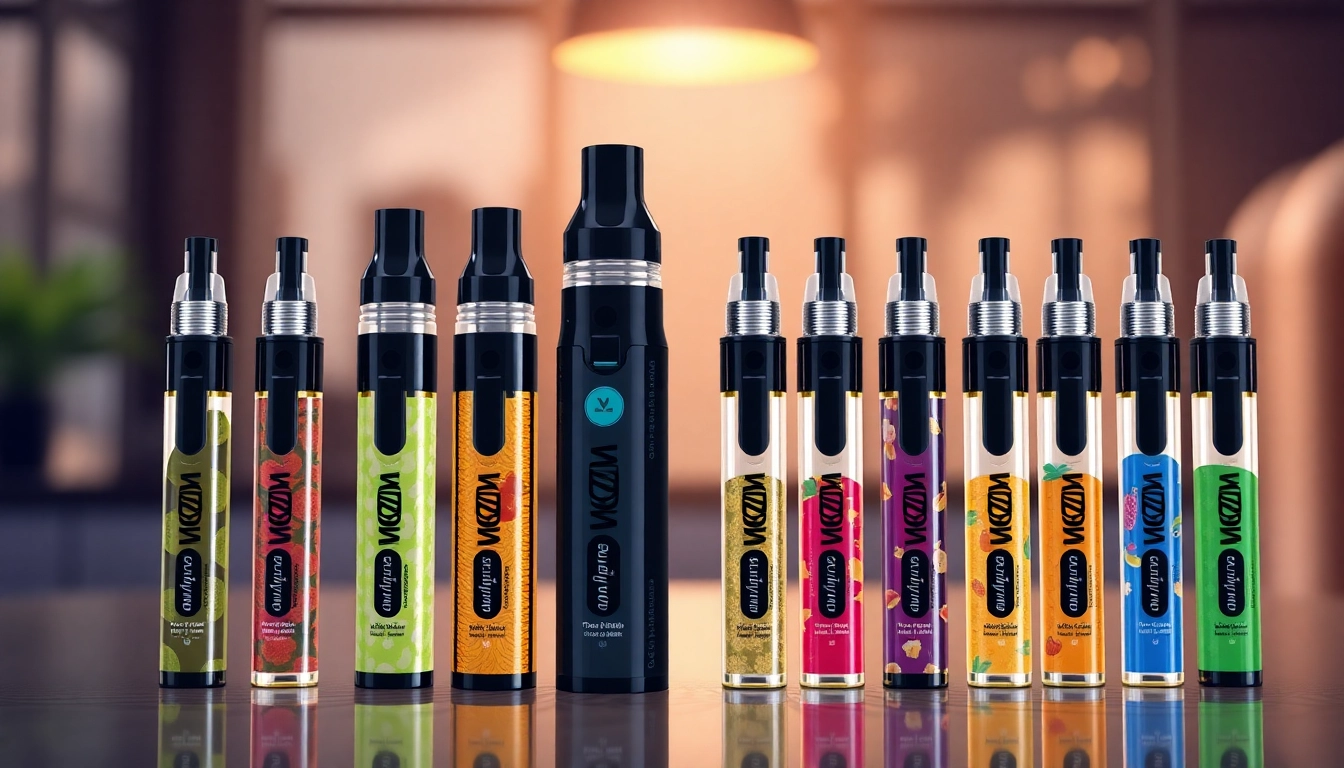Understanding Silver Jewelry: An Overview
Silver jewelry has been cherished across cultures and eras for its beauty, versatility, and the emotional connections it can evoke. It symbolizes wealth, beauty, and craftsmanship, serving as a form of self-expression for many. Whether you are looking to adorn yourself with silver jewelry or searching for the perfect gift, understanding the nuances of this treasured material is essential for making informed choices.
1. What is Silver Jewelry?
Silver jewelry consists of various ornaments, such as rings, necklaces, bracelets, and earrings, that are predominantly made of silver or silver alloys. The most common form used for high-quality pieces is sterling silver, which comprises 92.5% silver and 7.5% other metals, generally copper. This combination enhances durability while maintaining the characteristic luster of silver. Other types like fine silver (99.9% silver) and argentium (which contains germanium) are also popular, with unique attributes and applications.
2. Types of Silver Used in Jewelry
In the realm of silver jewelry, several types are widely recognized:
- Sterling Silver: The industry standard for silver jewelry, sterling offers the perfect balance between beauty and durability.
- Fine Silver: Composed of 99.9% silver, fine silver is softer and more malleable than sterling, making it ideal for intricate designs but less suitable for everyday wear.
- Argentium Silver: A more modern development, argentium includes germanium, making it more tarnish-resistant while offering the same beauty as sterling.
3. The History and Cultural Significance of Silver Jewelry
Silver has been utilized for ornamental purposes for thousands of years, dating back to ancient civilizations such as the Egyptians and Romans, who used silver to create sacred objects and adornments. Throughout history, silver jewelry has been imbued with cultural significance, often symbolizing status and wealth. In various cultures, specific silver jewelry pieces were worn during rituals, celebrations, and even burial ceremonies, underscoring their importance in societal norms and traditions.
Choosing Quality Silver Jewelry
When selecting silver jewelry, understanding quality is critical. The allure of silver lies not only in its aesthetic appeal but also in the quality of the materials and craftsmanship involved. Buyers should be equipped with the right knowledge to assess what makes a high-quality piece.
1. Identifying Genuine Silver vs. Imitations
To ensure you are purchasing genuine silver jewelry, the first step is to familiarize yourself with the common marks and stamps associated with sterling silver, such as “925.” It is also prudent to purchase from reputable dealers who provide certifications of authenticity. For instance, if the jewelry has a significant weight and shines brightly without excessive cloudiness, it is likely a genuine piece.
2. Understanding Silver Hallmarks and Quality Marks
Silver jewelry often features hallmarks, which are stamps indicating the metal’s purity and the manufacturer’s identity. These marks provide insight into the provenance and quality of the piece. A recognized hallmark on sterling silver, along with checking other labels that indicate compliance with international standards, can assure buyers of quality.
3. Evaluating Craftsmanship in Silver Jewelry
High-quality silver jewelry should exhibit exceptional craftsmanship. Look for pieces with well-finished edges, even plating, and secure clasps. Intricate designs that showcase artistry and unique styles often hint at a skilled artisan’s involvement in the creation process. Noteworthy traits like consistent detailing narrate a story of intentional craftsmanship.
Trends in Silver Jewelry Design
The evolution of silver jewelry design is a reflection of contemporary tastes and cultural movements. Currently, the industry is witnessing an array of trends that cater to diverse audiences.
1. Contemporary Silver Jewelry Styles
Modern silver jewelry features sleek lines, minimalist designs, and innovative techniques that cater to eclectic tastes. Layered silver necklaces, geometric earrings, and statement rings are particularly trending, allowing wearers to mix and match pieces to create personalized styles that reflect their individuality.
2. Combining Silver with Other Materials
Today, designers are exploring combinations of silver with other metals like gold, gemstones, and even organic materials such as wood and leather. This fusion creates unique contrasts that appeal to fashion-conscious consumers looking to make bold statements with their jewelry choices. For example, silver rings with hints of gold or encrusted with colorful stones have become increasingly popular.
3. Sustainable and Ethically Made Silver Jewelry
As sustainability becomes a major concern for consumers, many jewelry brands are adopting eco-friendly practices in sourcing silver. Ethically mined silver and recycled materials contribute to reducing environmental impact. Brands that promote transparency in their manufacturing processes are increasingly favored, appealing to socially conscious buyers looking to invest in sustainable luxury.
Care and Maintenance of Silver Jewelry
To maintain the beauty and longevity of silver jewelry, appropriate care and maintenance are essential. Owners can adopt practices that help preserve their cherished pieces for years to come.
1. Cleaning Techniques for Silver Jewelry
Regular cleaning helps prevent tarnishing and keeps silver jewelry lustrous. Using mild soap and water for gentle cleaning followed by drying thoroughly can work wonders. For tarnished pieces, solutions specifically designed for silver cleaning can also be effective.
2. Storing Silver Jewelry Properly
Proper storage is critical in preventing tarnishing and scratches. Silver jewelry should be kept in a cool, dry place, ideally in anti-tarnish pouches or lined boxes to minimize exposure to air and moisture. Separating pieces to avoid scratches ensures that they remain in pristine condition.
3. Tips to Prevent Tarnishing of Silver Jewelry
To combat tarnishing, avoid wearing silver jewelry in swimming pools or while bathing, as chemicals in water can accelerate tarnishing. Similarly, keeping perfumes and lotions away from jewelry is advisable. Regular use and exposure to air can also help prevent tarnishing due to natural oils that may enhance the silver’s luster.
Buying Silver Jewelry: Expert Tips
Arming yourself with knowledge can significantly enhance your purchasing experience. By understanding various aspects of buying silver jewelry, you can make well-informed choices that meet your expectations.
1. Where to Buy Quality Silver Jewelry
Reputable jewelers, artisan markets, and established online platforms are fantastic sources for quality silver jewelry. Websites focusing on craftsmanship and customer reviews often provide insights into purchase quality. Physically visiting a store allows for inspection and testing the jewelry firsthand.
2. Understanding Price Ranges for Silver Jewelry
Silver jewelry prices vary based on factors like design complexity, brand reputation, and designer artistry. On average, simple sterling silver pieces may range from $20 to $200, while intricate custom designs and limited editions can surpass $500 or more. Take time to compare and assess quality before making any purchase to ensure you get the best value.
3. How to Choose Jewelry that Fits Your Style and Needs
Choosing silver jewelry should reflect personal tastes while considering practical aspects like occasion, comfort, and compatibility with existing wardrobe pieces. Seeking versatile designs allows for greater flexibility, while classic styles can be timeless additions to any collection.



